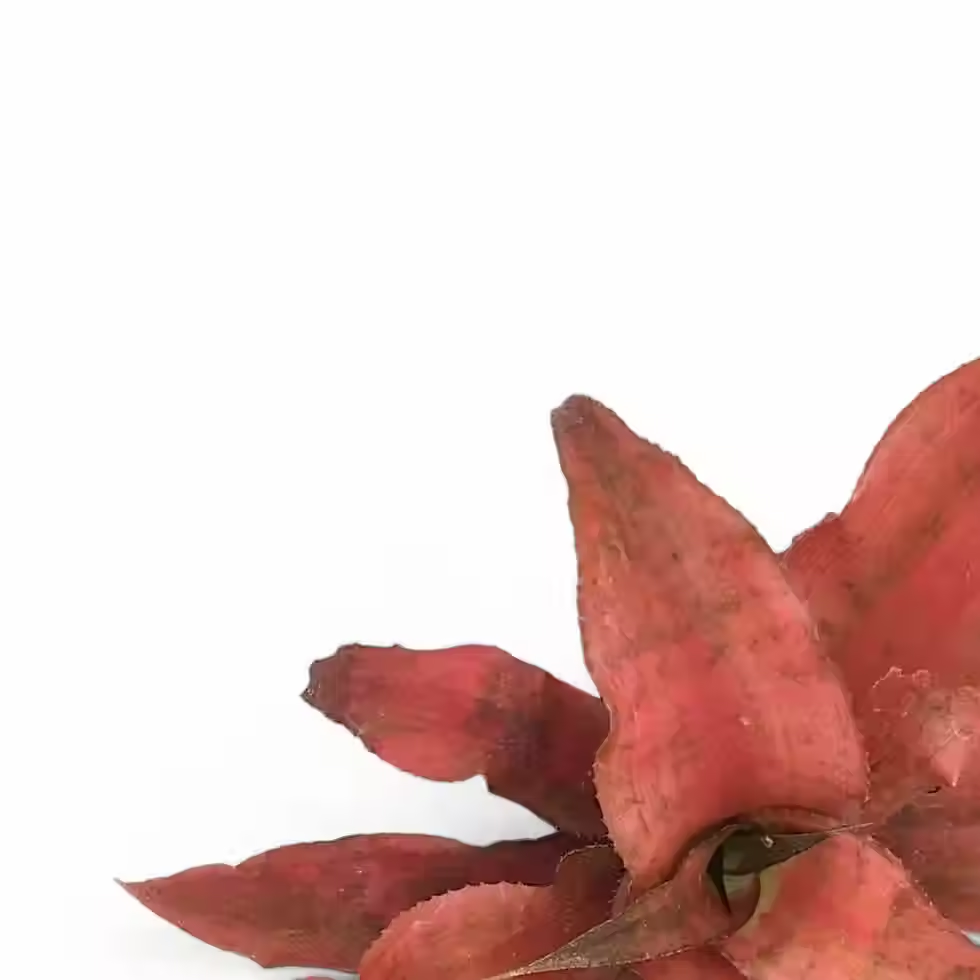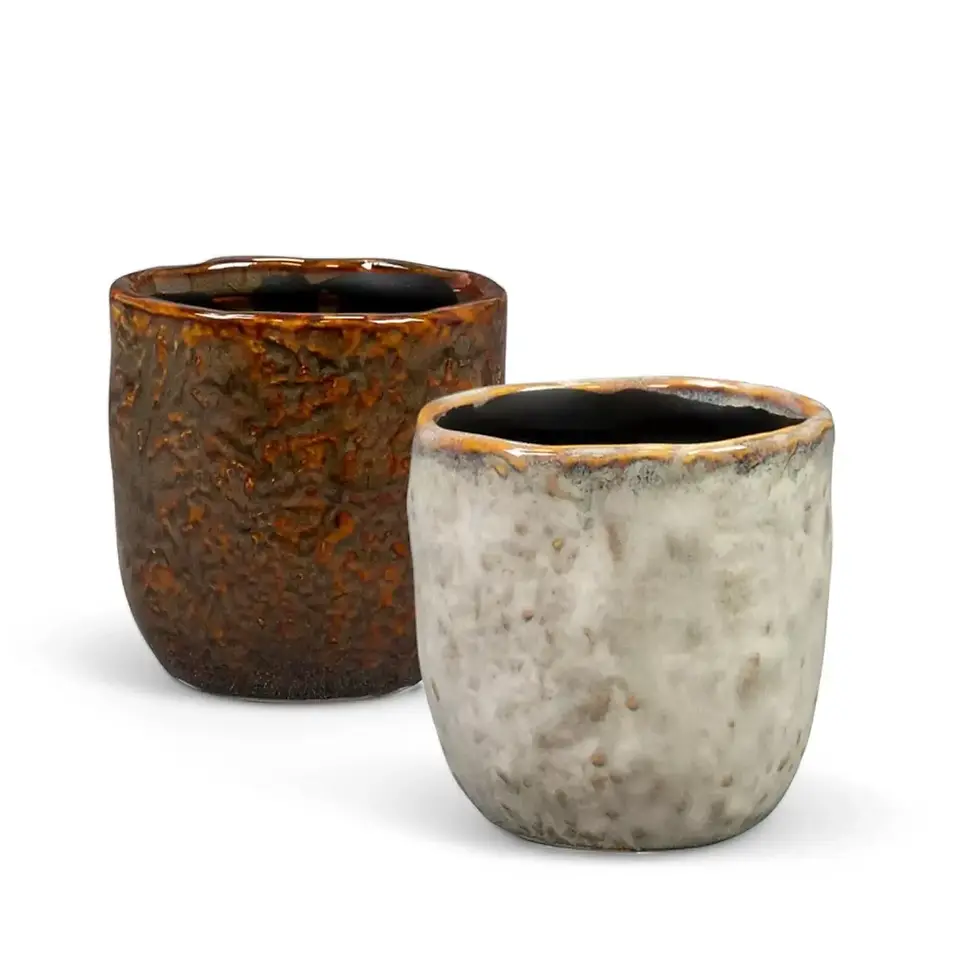Euphorbia abyssinica var. erythraeae - Care, Growth and Buying Guide
Architectural Elegance with Minimal Care
Euphorbia abyssinica var. erythraeae is a striking succulent that brings the rugged beauty of African landscapes into your home. With its tall, columnar growth, smooth waxy green stems, and structured ridges, it makes an architectural statement in any plant collection. Native to arid regions, this resilient species requires minimal care, making it a fantastic choice for sculptural, low-maintenance plants.
How Is It Different from Euphorbia abyssinica?
Originating from Eritrea, this variety differs from Euphorbia abyssinica in several ways:
- Darker green stems with more pronounced, fleshy ridges.
- Thicker branches and a more robust texture.
- More defined structure, enhancing its upright elegance.
Distinctive Features of Euphorbia abyssinica var. erythraeae
- Growth Habit: Upright, tree-like form, reaching several meters outdoors but remaining compact indoors.
- Stem Characteristics: Thick, dark green stems with well-defined ridges.
- Thorns: Small, paired spines evenly spaced along the ribs.
- Longevity: Slow-growing and can live for decades with proper care.
- Flowers: Occasionally produces tiny, inconspicuous flowers.
What You Should Know about Euphorbia abyssinica var. erythraeae
Native to the Eritrean and Ethiopian highlands, this plant thrives in dry, rocky environments with intense sunlight and minimal rainfall.
- Growth Habit: Columnar and upright, perfect for vertical height without spreading foliage.
- Toxicity: Milky sap is toxic and can cause skin irritation.
- Lifecycle: A long-lived perennial succulent that adapts well to container growth.
Euphorbia abyssinica var. erythraeae Care Guide
→ Light and Placement
- Requires bright, indirect light to full sun. Indoors, place near a sunny window.
- Too much direct sun may cause sunburn—acclimate gradually.
- Prefers bright, airy locations with good airflow.
→ Watering
- Allow soil to dry completely between waterings.
- Overwatering leads to root rot—reduce frequency in winter.
- Water sparingly, ensuring soil is dry before the next watering.
→ Humidity and Temperature
- Humidity: Thrives in normal indoor humidity—no misting needed.
- Temperature: Prefers 18-24°C, tolerates down to 10°C. Keep away from frost.
→ Soil and Repotting
- Requires well-draining cactus or succulent mix.
- Adding sand or perlite improves drainage.
- Repot every 2-3 years or when root-bound. Always use a pot with drainage holes.
→ Fertilizing
- Feed once a month during the growing season with a diluted balanced liquid fertilizer.
- Avoid feeding in winter.
→ Propagation
- Best propagated via stem cuttings.
- Allow cuttings to dry for a few days before planting in dry soil.
- Water lightly until rooted.
→ Pruning
- Minimal pruning required—remove damaged or dead stems to maintain shape.
→ Hydroponics
- Not suitable for hydroponic systems due to its preference for dry, well-draining soil.
Euphorbia abyssinica var. erythraeae - Common Problems and Solutions
→ Root Rot
- Cause: Overwatering.
- Solution: Let soil dry completely before the next watering.
→ Pests
- Mealybugs, Spider Mites, Scale Insects: Treat with insecticidal soap , neem oil, or use beneficial insects.
→ Yellowing Stems
- Cause: Overwatering.
- Solution: Reduce watering and improve drainage.
→ Drooping Growth
- Cause: Insufficient light or overwatering.
- Solution: Adjust placement and care routine.
Additional Considerations for Euphorbia abyssinica var. erythraeae
- Handling with Care: Toxic sap—wear gloves when handling.
- Support Needs: Taller specimens may need light support to prevent leaning.
- Outdoor Growth: Thrives outdoors in warm climates but must be brought inside during frost.
Etymology and Origins
- Genus:Euphorbia - Named after Euphorbus, the physician of King Juba II.
- Species:abyssinica - Refers to Ethiopian origins.
- Variety:erythraeae - Named for its connection to the Red Sea region.
Frequently Asked Questions about Euphorbia abyssinica var. erythraeae
→ 1. Does Euphorbia abyssinica var. erythraeae need staking?
Only if it becomes top-heavy. Indoors, it usually remains compact enough to support itself.
→ 2. How fast does Euphorbia abyssinica var. erythraeae grow?
It grows slowly, typically 20-30 cm per year in ideal conditions.
→ 3. Can I grow Euphorbia abyssinica var. erythraeae outdoors?
Yes, in warm, dry climates. In colder regions, bring it indoors during winter.
Order Your Euphorbia abyssinica var. erythraeae Today!
Bring this stunning, architectural succulent into your home—order now and enjoy its unique, low-maintenance beauty.
Euphorbia abyssinica var. erythraeae
Euphorbia abyssinica var. erythraeae comes in following sizes:
M – is approximately 55 cm tall and comes in a ⌀ 17 cm pot
L – is approximately 70 cm tall and comes in a ⌀ 19 cm pot
XL – is approximately 120 cm tall and comes in a ⌀ 24 cm pot
XXL– is approximately 140 cm tall and comes in a ⌀ 27 cm pot

























































